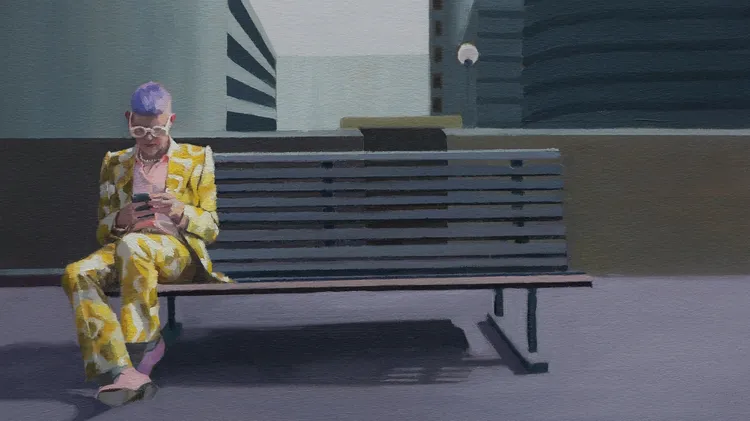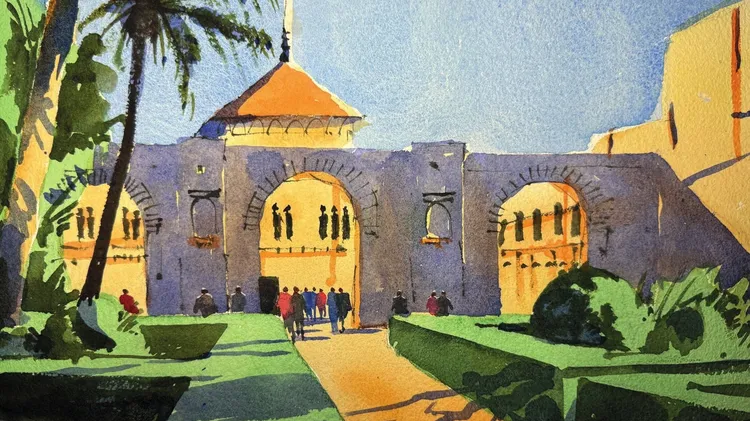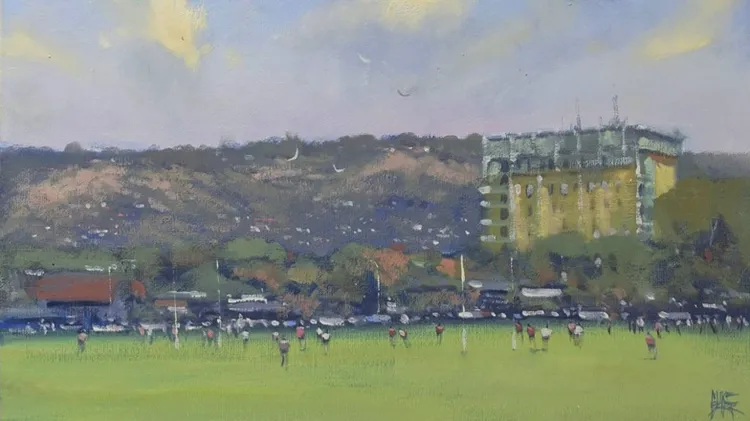Maria Rose shows you how to energise your working practice and learn how to
The greatoutdoors
9 min read
This article is from...
Read this article and 8000+ more magazines and newspapers on Readly




